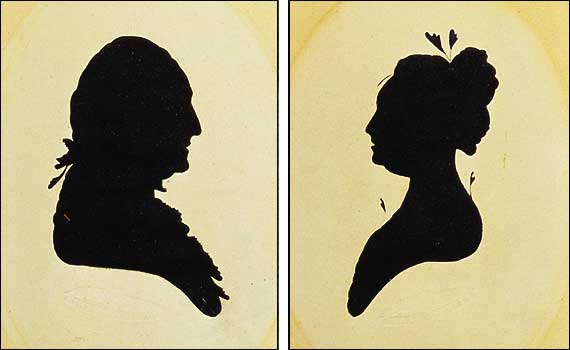
I mentioned Greyfriars in my last post on the Covenanters, and how it was used in the 17th c. as a prison for the men captured at the Battle of Bothwell Bridge. I decided that I would do a post on the rich history of Greyfriars Kirkyard itself.
Greyfriars is located in Edinburgh, Scotland. The kirk (church) opened in 1620. Greyfriars was witness to the Resurrectionsists (see entry on
Mortsafes) that were roaming Scotland in the 18th and early 19th centuries. It resembles a zoo in some places, due to the tombs being barred up from precautions taken by the deceased's relatives in securing their graves from

disturbance. Greyfriars was seen on a 2008 episode of the Sci-Fi Channel's 'Scariest Places on Earth'. There have been a number of deaths that have occured in the kirkyard, and it is reported to be extremely haunted. I found the yard to be serene and beautiful, but I suppose if you go looking for a scare, you'll find one.
Of course, Greyfriars is most famous for a little Skye terrier named 'Bobby':
"In 1858, a man named John Gray was buried in old Greyfriars Churchyard. His grave levelled by the hand of time, and unmarked by any stone, became scarcely discernible; but, although no human interest seemed to attach to it.
The sacred spot was not wholly disregarded or forgotten. For fourteen years the dead man's faithful dog kept constant watch and guard over the

grave until his own death in 1872.
The famous Skye Terrier, Greyfriars Bobby was so devoted to his master John Gray, even in death, for fourteen years Bobby lay on the grave only leaving for food.
It is reported that a daily occurance of people from all walks of life would stand at the entrance of the Kirkyard waiting for the one o'clock gun and the appearance of Bobby leaving the grave for his midday meal." -
GreyfriarsBobby.co.ukBobby is buried just inside the gates of Greyfriars.
All pictures taken by myself on my last visit to Greyfriars in May.

 William's brother John (also a surgeon) founded his own museum in London, also known as 'The Hunterian Museum'. John's collection is most notable for his obtaining the skeleton of Charles Byrne's known as "The Irish Giant".
William's brother John (also a surgeon) founded his own museum in London, also known as 'The Hunterian Museum'. John's collection is most notable for his obtaining the skeleton of Charles Byrne's known as "The Irish Giant".

































